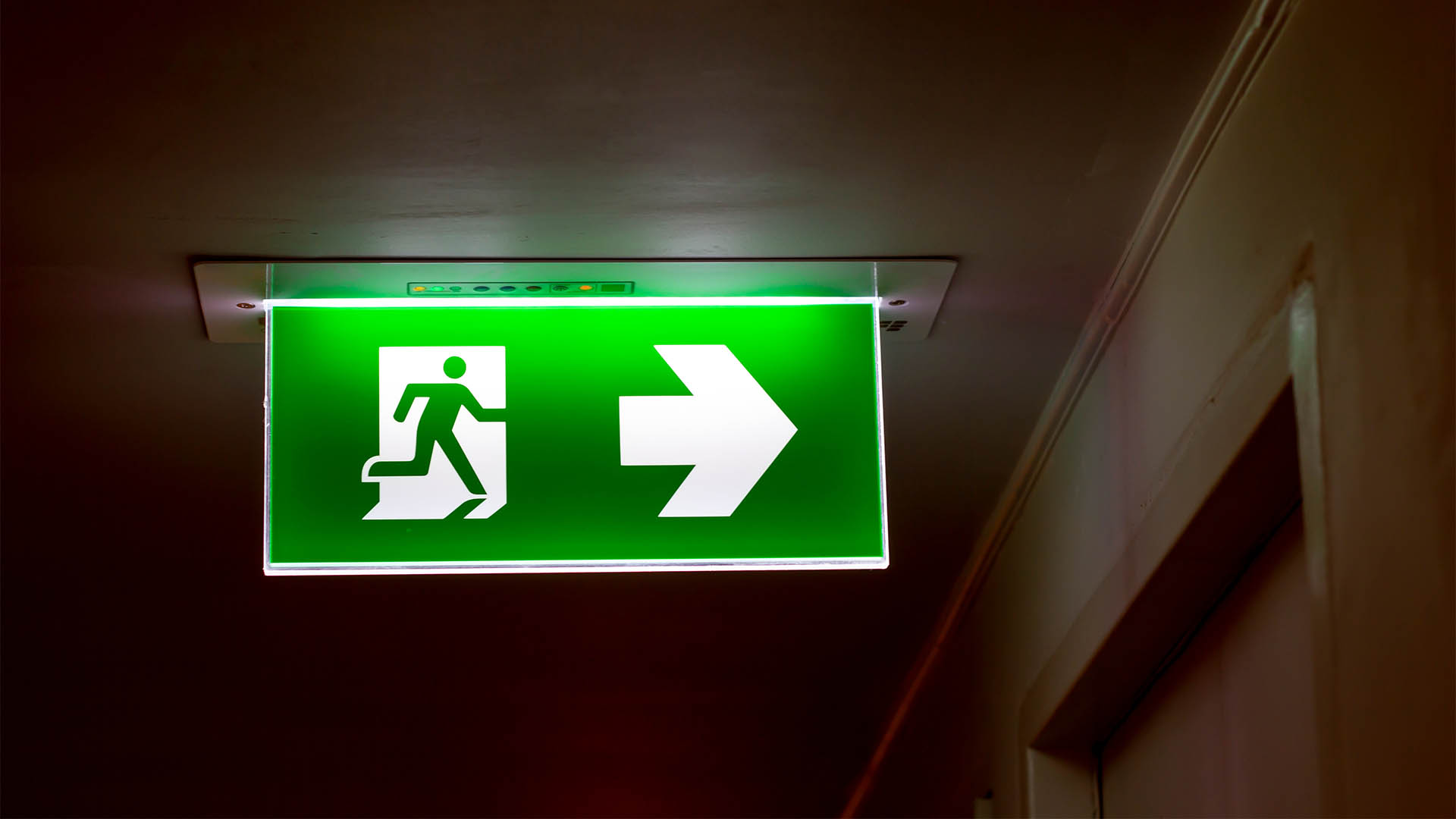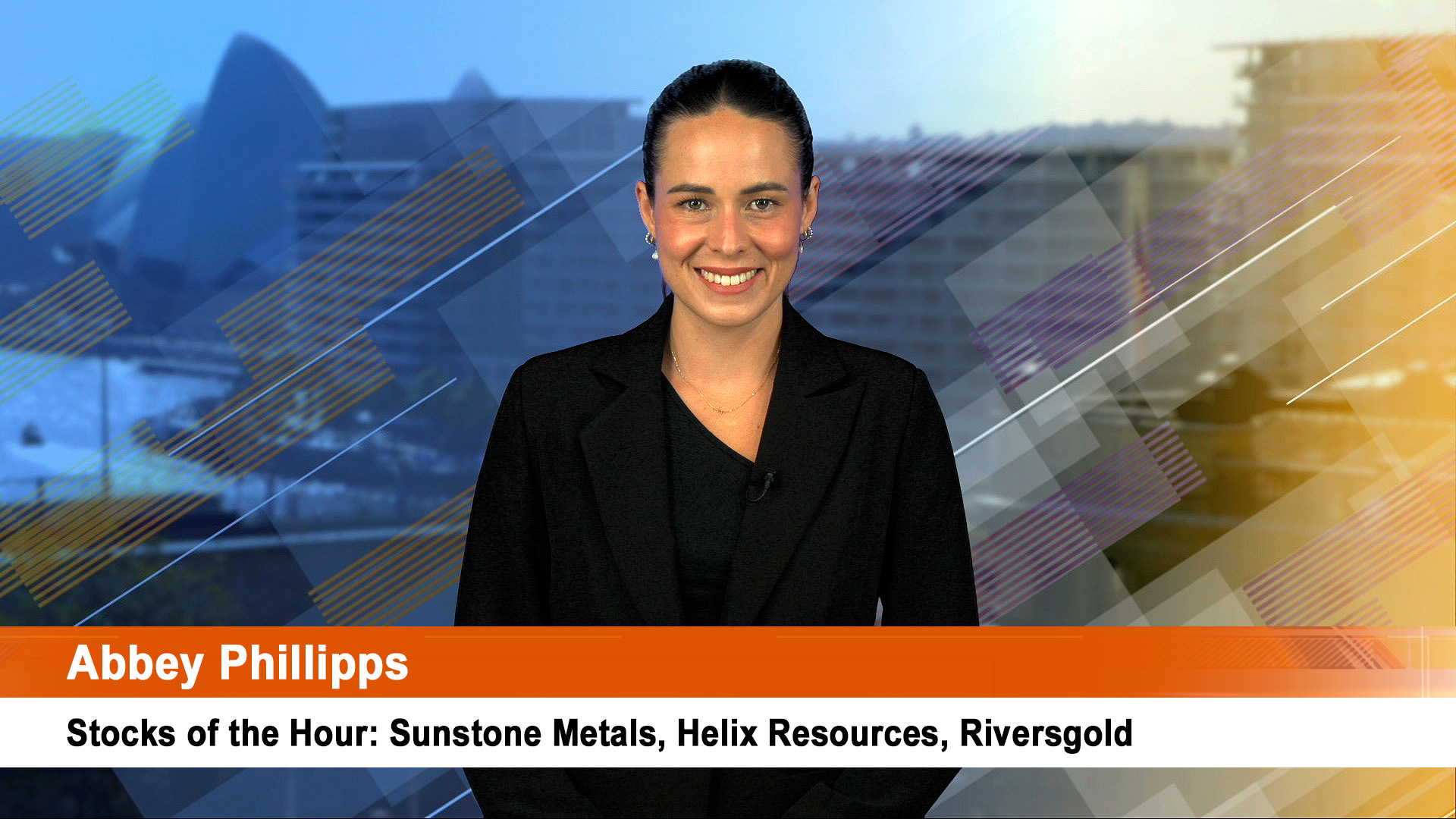Anyone looking for guidance for another importance investment area, retailing, would not have found it in yesterday’s trio of reports from department store chain, Myer, luxury products retailer, OrotonGroup and Kathmandu Holdings, which runs a chain of adventure wear shops here and offshore.
While Myer delivered on the forecast lower profit, management again complained about cautious consumers saving too much; Kathmandu did surprise with a better than expected outcome, but Oroton’s sales and earnings growth slowed sharply in the six months to January.

In short, no help at all for questioning investors and the upshot for investors was a good rise for Kathmandu shares, a small rise for Myer, while Oroton shares copped a pounding, losing 10% in value at one stage.
In fact the movements in the retailers’ shares were more dictated by the reported results than the nervousness yesterday about Japan.
David Jones reports its interim results next week and will be the final big retailer to report its profit performance for what was a taxing six months for the sector as consumer caution took hold and consumption spending slowed.
David Jones has already guided the market to expect a rise of around 5% at best, which would put it towards the top of the class where the likes of Myer, Woolworths and JB Hi-Fi, and Kathmandu, after yesterday’s report, currently sit.
Looking at the results, Myer Holdings said the retail environment remains challenging and it expects a lower net profit for the full financial year after revealing a 5.2% fall in underlying earnings for the first half, to $108.88 million.
Myer shares eased 2c to $3.08 in early trading, and then bounced to end up more than 3.9%, or 12c, at $3.22.
‘‘Despite the ongoing challenging retail environment, our strategy remains unchanged,’’ Myer chief executive Bernie Brookes said in the statement.
‘‘Sales have improved since January but are still behind last year.
‘‘In the second half of 2011, we anticipate trading conditions will continue to be challenging, and we continue to expect NPAT (net profit after tax) for the 2011 financial year to be up to five per cent below last year’s NPAT of $169 million.’’
Mr Brookes complained to a media conference that consumers were saving too much, and added that Myer was very well placed to benefit when that frugality changed.
Myer’s sales for the six months to January 29, 2011 fell 3.5% to $1.73 billion.
Myer declared an interim dividend of 11c per share, fully franked, compared to 10.5c in the prior corresponding period.
Kathmandu floated a month after Myer did in late 2009, had to endure an early profit downgrade and some investor scepticism, and then it had the two earthquakes in Christchurch, its home town in NZ, to contend with.
Yesterday the company beat some forecasts to produce a solid interim result. As a result the market sent the shares up 8.1%, or 11.5c, to $1.535 in the wake of the result.

In Australian dollars sales rose 13.5% to $A97.4 million for the half, but earnings before interest and tax jumped 21.6% to $A15.2 million as the company maintained margins and grew them in the six months.
Same store sales growth was over 12%, better than any other retailer reporting at the moment, as sales growth accelerated in the closing months of the half year.
Net after tax profit rose to $A8 million, an increase of $A4.4 million.
Kathmandu Holdings Limited chief executive officer Mr Peter Halkett said in the statement that he was satisfied with Kathmandu’s trading performance for the half year, particularly the key December and January trading period.
“We achieved Group same store sales growth of 12.1% for the half year. In November at our AGM update we reported same store sales growth of 2.1% for the first 16 weeks of the year.
"By 31 January we had lifted that performance significantly, as well as improving gross margins.
"Given the retail environment over the period we clearly consider this is a very solid performance," Mr Halkett said.
In comparable currency terms, same store growth came back to a still impressive 9.5% as the gross profit margin rose to 64.7% from 61.3%.
This measure indicates there was a clear boost for the company from the weakness of the Kiwi dollar against the Aussie, a trend that has continued in the past six weeks.
Mr Halkert said, “This is the first 6 month trading period that reflects the outcome of key growth initiatives, in particular an increased long term investment in inventory, that are now able to be pursued under our new capital structure with lower debt levels.
"We have seen strong ongoing same store sales growth in Australia and New Zealand since early December. The new products and ranges released this summer, supported by improved availability across our entire range have been a key driver of this result .
“During the December and January trading period, weather conditions were also favourable for sales in some categories, particularly in Australia given the relatively cool and unusually wet sum













